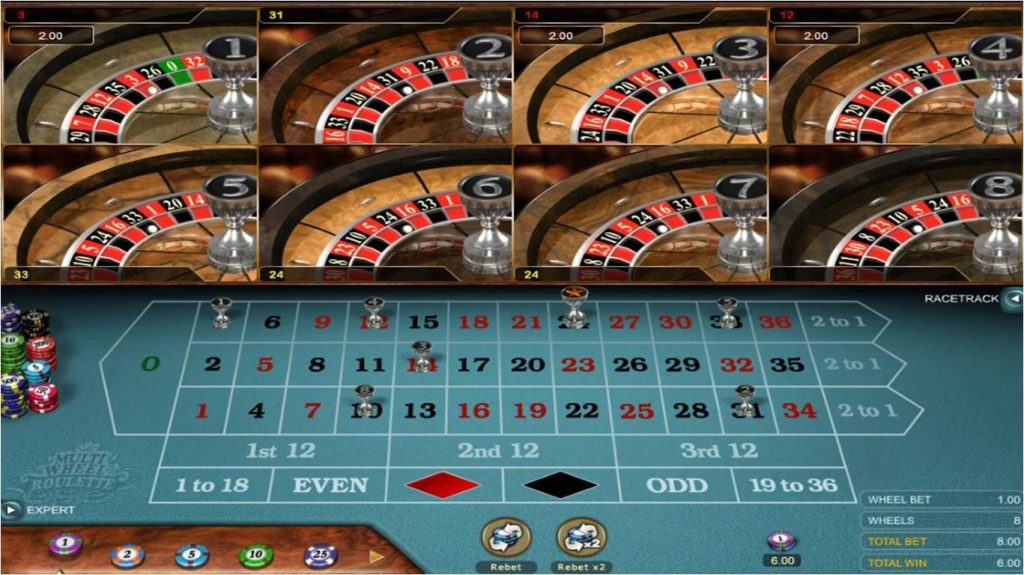The principle is quite similar to that of the various martingales, since the bets are progressive.
So you start with an X bet and if you lose you increase your bet by one.
If you win, you have to lower your bet the next time by one unit.
Unlike the classic martingale, it is not about making a winning move the alpha and omega of your method. No, to make a profit it’s over the long term. It is therefore much longer and progressive, but you are more in control of your game.
However, you can easily understand that if progress is slow, losses are also slow and this is an undeniable advantage over other methods. Thus you will always come back to the balance despite the fact that the losing moves are in the majority.
Example starting with a bet of five

On three moves you will bet 5 + 10 + 15 and you will bring back on this last move the double which is 30. We see here that you are equal since you bring back 30 and you spent 30. But it goes further the next time you will play 10 then you will play 15 then 20.
Now let’s do the math together. As you were at equilibrium we start from the last grind so you will have since lost 10+15+20 but you will have won 40. You are here at -5 when you are already on your 6th move.
Not bad, is it? Continue like this until you are profitable! This is called d’Alembert’s rising strategy, an excellent method of playing roulette that you need to master properly.
The craziest strategy: the skewed wheel attack
We’ll get you started right away with a technique that dates back to 1873. Yes, we’ve been trying to con the casinos for a long time. It only concerns hard casters. Joseph Jaggers, an engineer in a cotton mill, thought that the wheels would wear out from spinning, a bit like his machines that were running at full speed during the English revolution of the 19th century. His theory was quite simple. If the wheel was skewed, the result would be skewed and numbers would come up more often than on a perfectly good wheel. So he went to Monte Carlos, the famous casino where the gambler’s fallacy was born, and for a week his team went to look for the results. And it turns out that a roulette wheel is biased. That is to say, the numbers will come up one more time than one in 35. With the numbers in his pocket Joseph Jaggers goes to play against the casino in Monte Carlo. He would have won over 700,000 dollars today, but the casino owner, not being stupid, smells a scam and changes the slot machine. Joseph Jaggers lost half of his winnings before leaving a good player and rich enough to never have to return to his cotton mill. This legendary true story should not inspire you. Besides, modern roulette wheels are checked daily.
The most logical strategy: always bet on the same colour

This is a strategy that does damage because it is logical. However, logic is not mathematical, as we shall see. There are 18 black cells in the French roulette table. The statistic that a black square comes up is therefore 47.37! Don’t rush to play roulette after reading these figures: you have a 99% chance that the ball will come to rest on a black square at least 10 times out of 38. But the more you play, the more the small difference in statistics will grow. And in the end, the probability of reaching 47.37% over 100 rounds is minimal.
Independent draws!
So try it on a play money slot machine and you’ll quickly understand the problem. You actually have a 47.37% chance of getting a black box on a spin. So every time you spin the ball, you’re rolling with the same potential. It’s like having a bag of little red and black pieces of paper. The more you take out, the more likely you are to get a black or a red depending on what you took out. Well, for the roulette wheel, it’s like putting back the papers that you pulled out. So you leave each time with the same number of chances to win or lose. I hope you understand this.
